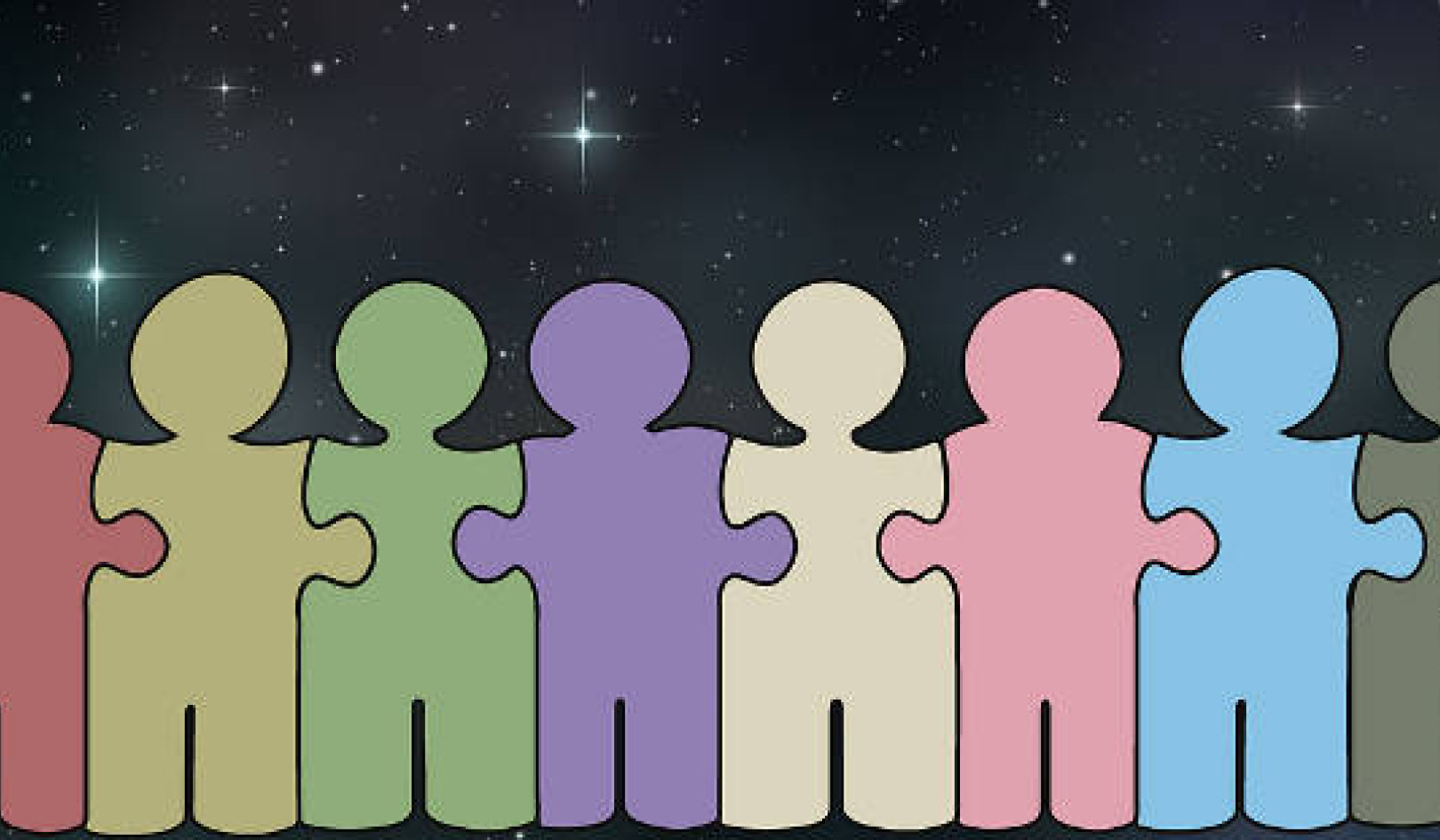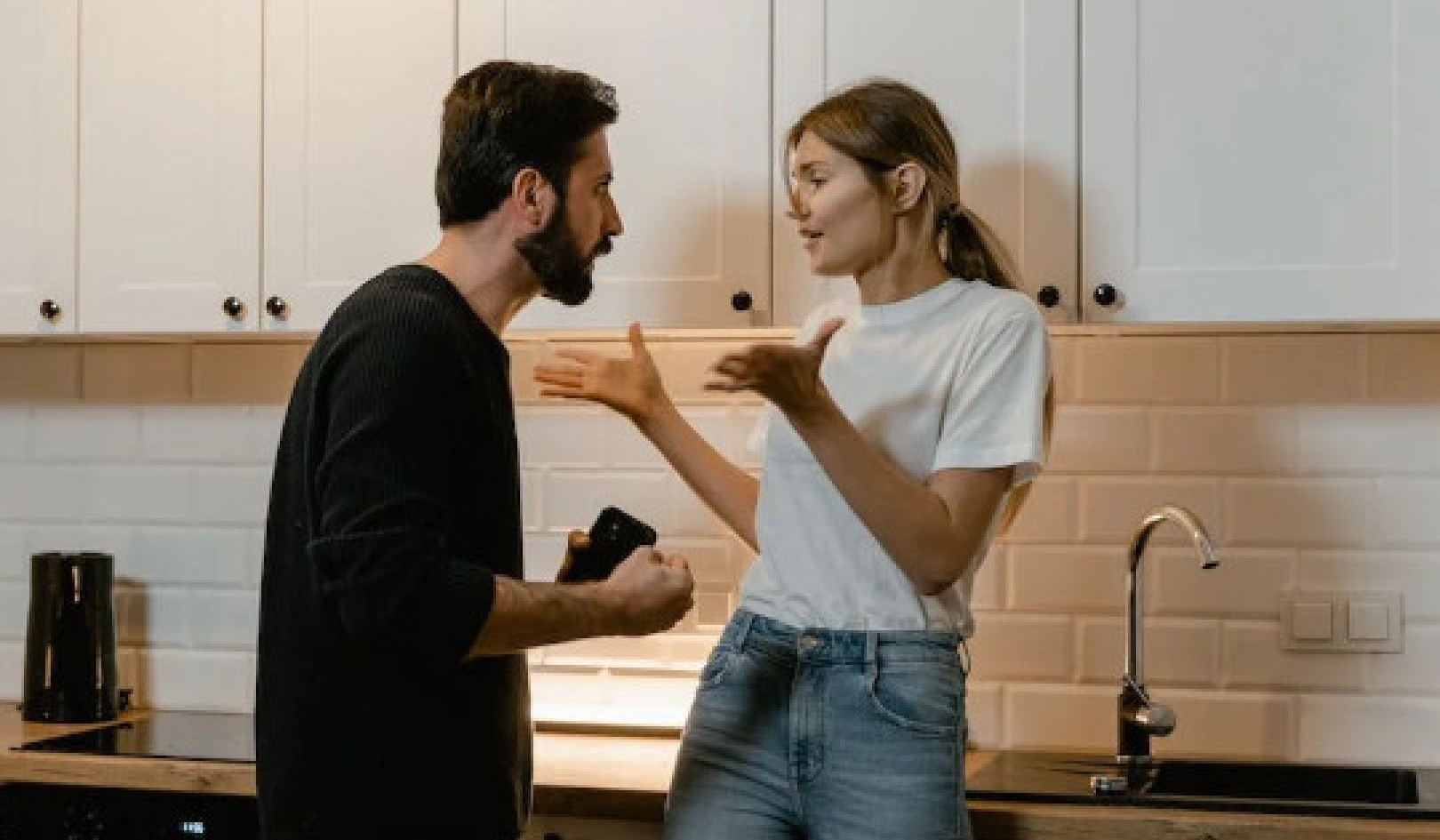
In October 1995 1 went to a hospital in Oakland, where I live, for the medical test known as a sigmoidoscopy. Although I had been experiencing symptoms, I did not for a moment anticipate that there could be a serious problem. I expected to be told that I had some minor, easily corrected condition. But the test, instead, opened the door into the world of hospitals, surgery, and chemotherapy. The sigmoidoscopy showed a large tumor in my colon; a later colonoscopy confirmed it to be malignant. In a week I was having major surgery, and a month later began a course of chemotherapy that was supposed to last forty-eight weeks. My work, my intimate relationship, my home, my relations with friends, my body -- every element of my life seemed sucked up into a dizzying vortex.
The one still point in this turning world was the Buddhist practice I had been cultivating for fifteen years. The formal meditation practice -- all those hours of sitting still while emotions raged in me and my body clamored for relief -- served me well. I had learned to be there for it all: to attend to my sensations, recognizing in that moment, as painful or imperfect or frustrating as it was, that this was the actual texture and content of my life; and then, because I noticed that nothing ever stayed the same, to experience its changing, and to know these thoughts, emotions, and sensations as the incessant flow of phenomena.
This practice had steadied me through major crises in my life, providing a reliable base point to which to return, no matter what else was going on. During those years I had also been cultivating an attitude of spaciousness, acceptance, and compassion for others as well as myself. This training and its attendant cast of mind served me in the most trying times of my encounter with cancer, and also sometimes deserted me. My years of work with a unique and powerful teacher gave me some tools to meet the requirements of the illness and its treatment, when I could, and the compassion to be patient with myself and begin again, when I couldn't. I have tried to reveal how I applied the practice and benefited from the Buddhist perspective in many of the most difficult situations, hoping that my experience may be of use to the next person who opens that door.
My entry into the rich, sustaining tradition of Buddhism occurred in 1980 when I began to sit on a pillow and meditate. For the first three years, I thought I would just learn how to do the meditation, and have nothing to do with the furnishings of the religion out of which it came. Even so, because I am a curious person and like to orient myself in new activities, I began to study the texts of Buddhism, listen to what teachers said, and learn about the Asian roots of Buddhism; as I understood more, I began turning to Buddhist principles to shed light on my own experience. In a difficult situation, I would recall my reading or the insights I had gained in meditation, and ask myself what would be the action that would best promote the welfare of all concerned.
Over the fifteen years' time since I first sat down on a pillow and tried to pay attention, I have been doing meditation more or less faithfully both by myself and in groups, and with my principal teacher Ruth Denison in her center in the Mojave Desert of California. Ruth is one of the first generation of Western women who brought Buddhist practice to us in the United States; she had studied and meditated in Burma with a noted Theravada Buddhist teacher, who asked her to return here to teach. I myself went to Asia, where I lived for a short time as a Buddhist nun in Sri Lanka, and stayed in monasteries in Thailand and Burma. As part of my life as a writer and teacher I regularly study the texts of Buddhism, and continue meditating.
Most of all I have tried to apply the Buddhist principles in my daily life. That morning in the G.I. (Gastro-Intestinal) Laboratory at Summit Hospital gave me an opportunity to do so. I remember the doctor, a tall African-American man, talking to me after the test was completed. "When the growth is that big, we're ninety percent certain it's cancer. I'm calling your doctor right now. We want you in the hospital for major surgery in a week."
I am not a very spiritually adept person. Mostly I plod along, failing often, succeeding sometimes in my efforts at concentration and right action. But my years of practice and study had given me an understanding of life's task. When I received the news of cancer, I understood, Oh, yes, what is required of me now is that I be fully present to each new experience as it comes and that I engage with it as completely as I can. I don't mean that I said this to myself. Nothing so conscious as that. I mean that my whole being turned, and looked, and moved toward the experience.
Driving home from the hospital where the test had been performed, I remembered how, months before, my partner Crystal had urged me to get the sigmoidoscopy. For the period of her life just before I met her, in an extended detour from her career in music, Crystal had worked caring for the elderly. She remembered vividly one of her clients, an old woman dying of colon cancer because she had ignored the symptom of blood in her stool until it was too late. Now it was I who told Crystal that I had seen blood in my stool. "Please," she begged, "go get a sigmoidoscopy." But I was too busy writing, teaching my classes, and preparing to go to China to attend the United Nations Fourth World Conference on Women; I was spending time with the Wandering Menstruals, my support group of women over fifty, and my many other friends. I exercised regularly at a gym, and Crystal and I went out each weekend to hike or bike. I was living a busy, energetic existence, and I felt fine.
To Crystal's suggestions, I had snapped that I was not a seventy-year-old matron like her former client, and there was no time for a diagnostic test until I came back from China at the end of August. Now, driving home from Summit Hospital, I remembered her anxious face as she had listened to me. She mumbled that she hoped I was not making a mistake, and after that did not mention the sigmoidoscopy again.
What she feared had come to pass.
As I drove, I was just beginning to take in what had happened. In a crisis, we have many choices of how to react. We can reject the experience hysterically; we can rage against the injustice of it; we can go into deep denial and pretend it's not happening; we can move into the future, imagining a horrific outcome; we can retreat into obsessive worry, or sink into depression; and there are other possibilities. But after all those years of sitting still, cultivating awareness of the present moment, and perhaps also because I am by nature a rather positive person, I had none of those options. It seemed there was nothing to do but to be here fully for what would happen.
But this did not protect me from the usual thoughts and feelings, particularly in the initial shock. I remembered, later, a friend telling of hearing her own cancer diagnosis. "I thought I was on the mezzanine," she said," and suddenly I was in the basement." It was like that.
Returning from the test, with the doctor's words echoing in my head, I walked up the back steps to my house. "Well, I'm fifty-nine years old," I thought. "I've published four books, I've experienced marriage and many intensely engaging love affairs, I've done honest political work, and I've traveled. I've lived my life as fully as I could. If this is the end, that will be all right."
Then I walked in the door, through the kitchen and into the living room, where Crystal was lying on the couch. She had been up most of the night working on a music project; I had seen her sleeping there when I left an hour or two earlier. Now she sat up and looked at me, her face creasing with concern. "What is it?" she asked. I walked across to the couch, knelt on the rug and burst into tears. Crystal put her arms around me as I choked out the news. And then she too was crying, as both of us felt the sadness of the coming ordeal, and the terror that my life might end.
Buddhist practice does not prevent anything, it does not shield us from anything. It softens and opens us to meet everything that comes to us.
This article is excerpted from:
 Hidden Spring : A Buddhist Woman Confronts Cancer
Hidden Spring : A Buddhist Woman Confronts Cancer
by Sandy Boucher.
Reprinted with permission of the publisher, Wisdom Publications. ©2000. http://www.wisdompubs.org
Info/Order this book.
About The Author
 Sandy Boucher is the author of six books, including Opening the Lotus: A Woman's Guide to Buddhism and Hidden Spring: A Buddhist Woman Confronts Cancer. She has traveled extensively in Asia, living for a short time as a nun in Sri Lanka. Since her 1995-1996 bout with the illness, Sandy Boucher has worked with others confronted with cancer. Visit her website at http://www.sandyboucher.com
Sandy Boucher is the author of six books, including Opening the Lotus: A Woman's Guide to Buddhism and Hidden Spring: A Buddhist Woman Confronts Cancer. She has traveled extensively in Asia, living for a short time as a nun in Sri Lanka. Since her 1995-1996 bout with the illness, Sandy Boucher has worked with others confronted with cancer. Visit her website at http://www.sandyboucher.com
Related Books:
at InnerSelf Market and Amazon























